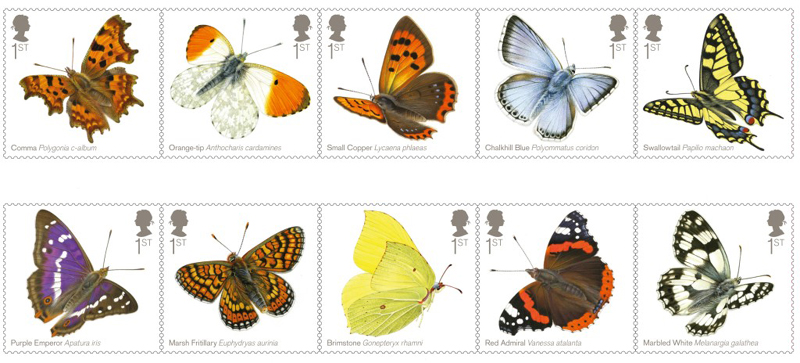In a recent study, Andre Gilburn from the University of Stirling, UK, and colleagues used volunteer observations made between 1984 and 2012 to find statistically significant correlations between butterfly population trends and environmental factors, including temperatures and neonicotinoid use. Out of the 17 species investigated, the researchers identified 15 that appeared to decline in line with the use of neonicotinoid pesticides (Peer J. (2015) 3, e1402, http://dx.doi.org/10.7717/peerj.1402). The authors also note that butterfly declines are dominant in England, where the use of neonicotinoids is widespread, whereas populations have remained stable in Scotland where these are much less widely used.
Prof. Matthew L. Forister of the University of Nevada and many colleagues from British Columbia and Toronto in Canada and several more southwestern US universities researched the data in "Increasing neonicotinoid use and the declining butterfly fauna of lowland California". This paper was recently published by the Royal Society in its Biology Letters. The rich butterfly populations of Northern California made it a biodiversity hot-spot. Low altitude populations have been in decline since the late 1990s, with no correlation with either recent temperature changes or the alteration in the use of land. Neonicotinoid use however, began in 1995.
Butterfly species with a negative association with the pesticide experienced the most severe declines, but were also smaller bodied and had fewer generations each year. If this were extended to other insects, the whole production of (natural) biomass for a year could be very much lowered by neonicotinoids.
New research has also identified the neonicotinoid insecticide clothianidin as a likely contributor to monarch butterfly declines in North America. The research, published on April 3rd 2015, identifies concentrations of clothianidin as low as 1 part per billion as harmful to monarch butterfly caterpillars. These concentrations of clothianidin were found in the populations of milkweeds sampled by the researchers. Previously, no research had been done on neonicotinoids and butterflies and therefore this is the first report of neonicotinoids affecting monarchs or any other butterflies. The research conducted by Jacob Pecenka (South Dakota State University) and Jonathan Lundgren (USDA-ARS, North Central Agricultural Research Laboratory) in Brookings, SD was published in the journal Science and Nature (Springer).
The relevant publications are attached.

- Login om te reageren
